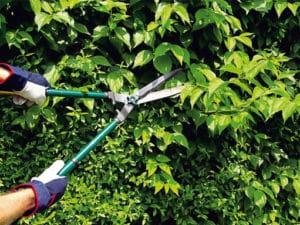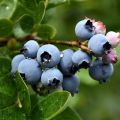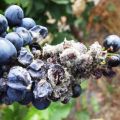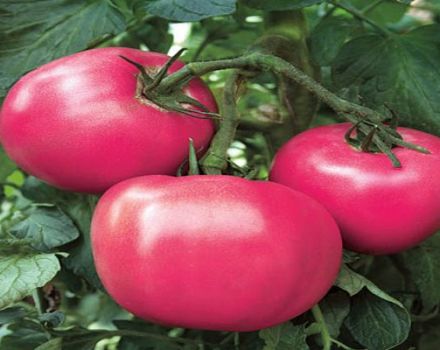Description of the blueberry variety Bonus, planting, cultivation and care
America is the birthplace of blackberries, where they are widely grown on industrial plantations and gardens. In the CIS countries, the demand for it is increasing every year. Even inexperienced gardeners strive to plant it. Bonus blueberries are perfect for them. The plant is unpretentious in care, gives sweet berries, and has many advantages. The shrub belongs to the North American tall species. You should familiarize yourself in advance with the planting process, the selection of blueberry seedlings, and care.
Content
- 1 Description and characteristics of blueberries Bonus
- 2 History of creation
- 3 Strengths and weaknesses of the variety
- 4 A sign of the suitability of blueberries for picking is effortless separation from the stem
- 5 Blueberry care
- 6 Protection against diseases and pests
- 7 Berry cultivation
- 8 Harvesting and storage of crops
Description and characteristics of blueberries Bonus
It is useful to read the information about the variety, even for experienced gardeners.
- Description of the blueberry variety Bonus says that the berry is one of the largest species, up to 3 centimeters.
- Shoots grow up to 1.5 meters, 1.25 meters wide, the habit of the bush is spreading, slightly raised.
- The plant ripens in early August.
- Blueberry fruits are large, up to 30 millimeters. Some are larger than Chandler, light bluish in color, rounded, pleasant in taste. There is a wax coating on them, collected in tight brushes. The flesh of the berry is sweet, the peel is strong.
- Long-term transportation and storage with refrigeration.
- Blueberries can withstand severe frosts, but require shelter. In most regions of the CIS, for example, in the Moscow region, bushes are mulched with agronomic fiber, according to the principle of grapes and roses.
The variety is pollinated on its own, but it is advisable to help him with this.
History of creation
The species was bred at the University of Michigan, United States of America in 1978. It belongs to the northern varieties, the American tall blueberry. Breeders focused on creating large fruits, and then on their taste. The berry is a competitor to the Chandler variety.
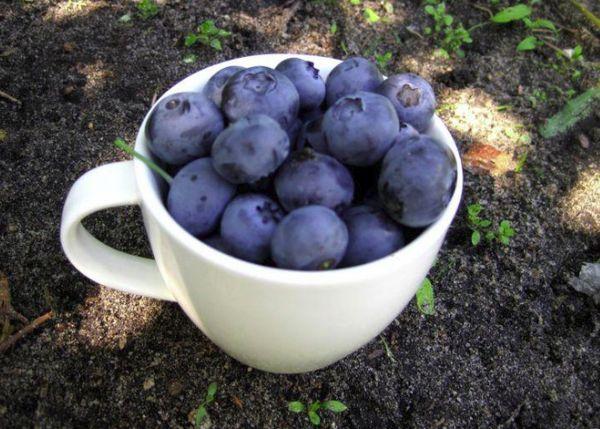
Strengths and weaknesses of the variety
The plant suggests good and bad sides that will help you make your choice.
| Blueberry benefits | Minuses |
| Large fruits | Fruits ripen unevenly |
| Easy to carry transportation | It takes 2 weeks from the moment of coloring to saturation of the berries with taste. |
| The taste is intensely sweet, with a spicy sourness | Average growth rate |
| High fertility | |
| Resistance to diseases, pests | |
| The fruits contain a large amount of vitamins, antioxidants | |
| Withstands extreme frosts down to -35 | |
| You can grow for yourself or for sale | |
| Berries are versatile in processing | |
| It does not require special care | |
| Widely used in landscaping |
A sign of the suitability of blueberries for picking is effortless separation from the stem
Boarding time
Experienced summer residents advise planting blueberry seedlings in the fall, then the roots will fully form. There is a risk of freezing the bush if the cover is not correct. In the spring, you can plant without fear, from mid-March. It is advisable to wait for warming, no frost at night.
Site selection, soil
The Bonus cultivar likes light, well-drained soil that contains enough organic matter and is well ventilated. Sandy loam soil, peat bogs, soil with a small deciduous litter are suitable. The plant does not survive well in loamy soil. Blueberries most often grow in thickets; for a high-quality harvest with high sugar content, open places with sunlight are required.
The acidity of the soil should be equal to pH 3.5-4.8. If the level is low, peat, sulfur or acidic ammonium can be added. The optimum concentration of acidity is further maintained by watering the bushes with water with citric, oxalic or acetic acid.
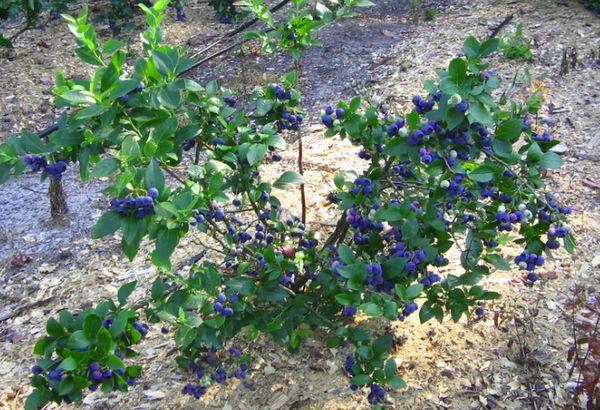
The increased level is lowered with lime or wood ash. Due to the low acidity of the soil, this variety of blueberries is affected by diseases, and at a high level, growth freezes, the plant ceases to yield. Liming is carried out three times a year. Any manipulations with the land are done 6 months before disembarkation.
Planting process
2 or 3 year old blueberry cuttings are best for planting. A number of activities should first be carried out, in particular:
- Measure the soil pH level. Make sure there is sufficient acidity.
- Dig a hole 1 * 1 meter for each shrub, keeping a gap of 1.5-1.8 meters. If blueberries are to be planted by trenching, their depth should be at least 60 centimeters. The optimum size between rows is 3 meters. You need to plant bushes from north to south.
- If the groundwater is close to the ground, provide the plants with adequate drainage. Pour expanded clay on the bottom of the hole with a layer of 10 centimeters.
- Place the container with the planting material in a glass of water until the earth is soaked.
- Cover the holes with water and wait until completely absorbed.
- Plant young blueberry bushes in prepared grooves, spreading the root system horizontally, sprinkle with acidic earth. The most productive symbiosis is high moor peat combined with pine needles, bark and cones in a 1: 1 ratio or peat with 10% sand added.
- Mulch the near-stem circle of each blueberry shrub with needles or rotted dust with peat 10 centimeters.
Do not use fresh sawdust, as the risk of nitrogen starvation increases.

Blueberry care
Blueberry variety Bonus does not imply much care, the main thing is to carry it out correctly. It is necessary to weed the soil with high quality, destroy weeds, loosen the soil to provide oxygen access.
Blueberry bushes care consists in the following measures:
- watering - prevent the earth from drying out, it should always be moist;
- circumcision - remove diseased, overdried and broken branches in late autumn;
- top dressing - fertilize the soil from the first days of planting, using mineral or organic dressing.
Garden blueberries, when properly looked after, produce a good harvest of healthy berries.
Watering and feeding
Watering is necessary often, as the soil quickly dehydrates. It is necessary to apply a bucket of water for each bush, about 4 times a week, depending on the weather conditions and the level of humidity. If it's hot outside, cool the bushes by spraying in the evening.
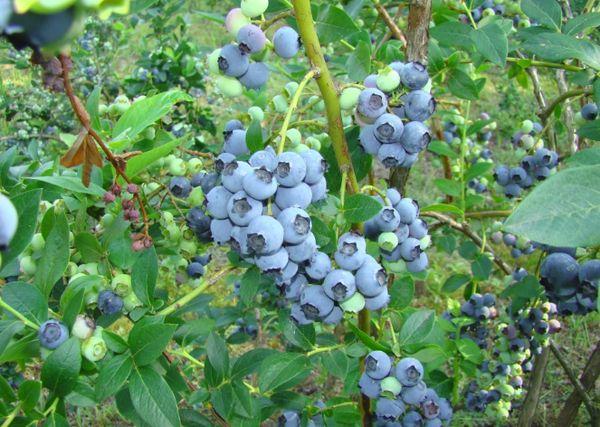
It is necessary to feed blueberry bushes 3 times a year: at the beginning of the growing season, when the buds open and after picking berries.
- In March, give preference to nitrogen fertilizers 50%.
- When budding, sprinkle ¼ of nitrogen, ammonium sulfate 35-40 grams per bush or ammonium nitrate 25-30 grams per bush, superphosphate 50-60 grams.
- After the appearance of berries, abolish nitrogen fertilizers, replace them with calcium. It makes the blueberry fruit more elastic and large.
- At the end of fruiting, add potassium sulfate and phosphorus 30-40 grams per bush.
You cannot feed the berry with organic matter - manure, compost, chicken droppings. They have a negative effect on the delicate rhizome.
Bush formation
Cut the bushes for 3-4 years of their life, to a height of 40-45 centimeters. You need to dissect drooping shoots at an angle of 50 degrees. To a greater extent to affect the periphery of the crown, since the plants belong to a semi-spreading species. Leave the healthiest strong shoots, more than half a meter in height, cut off the rest next spring.
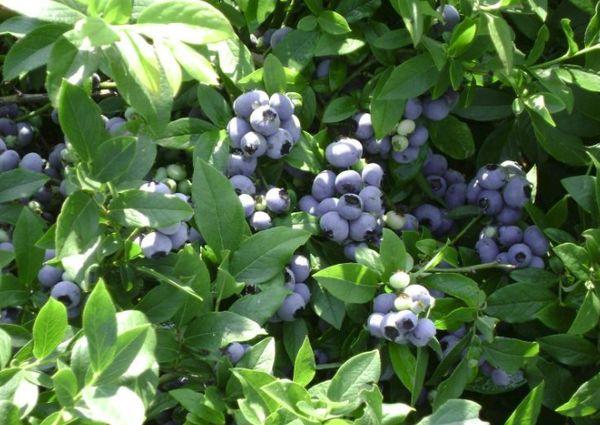
Preparing for winter
In November, cover the bushes with spruce branches, burlap, spunbond, bending the branches to the soil. It is undesirable to use polyethylene film, it does not let air through. In the spring, when there will be no night frosts and the temperature rises to above zero, you can remove the mulch.
Protection against diseases and pests
Blueberry Bonus is famous for its increased resistance to pests and diseases, but for prevention, it is advisable to treat with fungicidal agents.
- Do 3 sprays before flowering at 1 week intervals and the same after harvest.
- In March and November, treat plants with Rovral 0.1-0.2% or Bordeaux liquid.
If symptoms of illness or beetle damage are found on the bush, treat it with the indicated means, strictly observing the annotation.

Berry cultivation
A variety with a developed root system is widely bred by dividing the bush. Its parts are used as planting material. The selected shrub is dug out of the ground, suitable shoots with the required number of roots are carefully separated. Their length should be at least 5-7 centimeters on each seedling. If necessary, use a knife or pruner.
Harvesting and storage of crops
Blueberry bushes bear fruit in mid-July. Large berries are easily harvested, do not fall off on their own. For convenience, use a comb. You can store clean blueberries in the refrigerator, usually no longer than 2 weeks in glass containers. Fresh blueberries can be used to create fruit purees, desserts.
All useful components are preserved in frozen fruits. Do not wash blueberries before freezing them because their skin will become too tough. When sugared or dried, the shelf life is no longer than 1 year.


